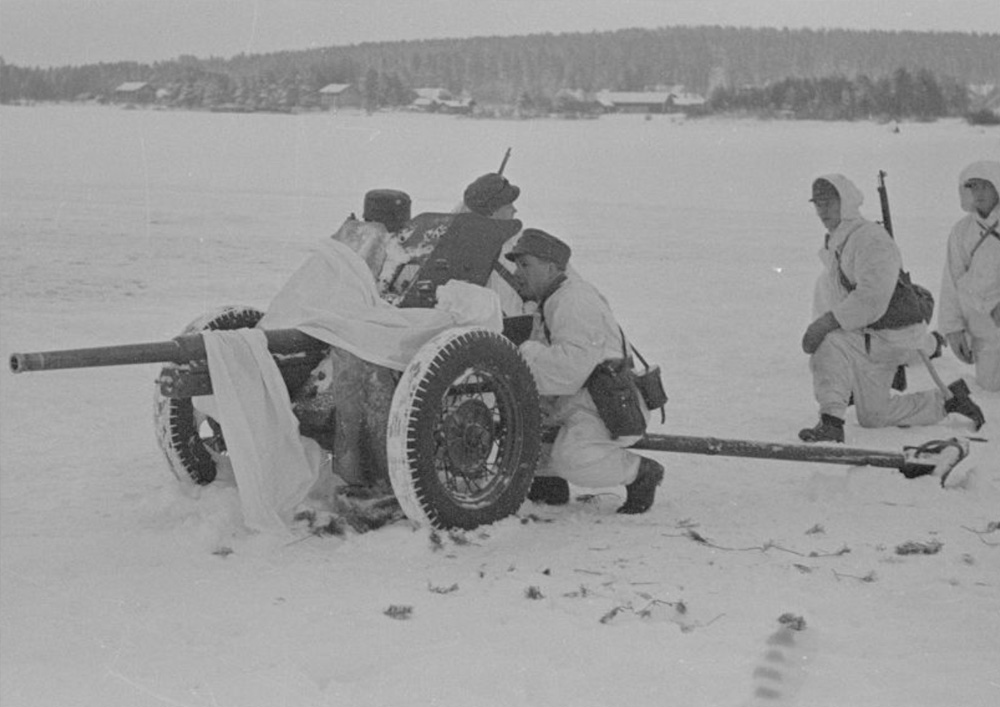No products in the cart.


Russian Design
This cannon was designed in 1937 by the Russian engineer M.N. Loginov. He based it on the carriage of the German Rheinmetall 37mm cannon (3.7 cm PaK), which he modified and combined with a 45mm barrel and a semi-automatic breech. Thanks to this technology, the cannon achieved a firing rate of 15 to 20 rounds per minute. A total of 37,354 units of this model were produced between 1937 and 1943.
The cannon was used with armor-piercing ammunition. The projectiles left the barrel with a muzzle velocity of 760 meters per second and could penetrate a 35mm thick armor plate at a distance of 500 meters with an impact angle of 60 degrees. The maximum range of the shells was 4,400 meters.
Finnish Inscription
This type of cannon fell into the hands of various armed forces, including Finland. This is still visible on the breech of the example in the Liberation Park, where the words TULTA and VARMIST are stamped—Finnish for “FIRE” and “SAFE.” This confirms that the cannon was captured by the Finns and put into service under the designation 45 PstK/32.


Silent Witness
During World War II, the Germans also managed to capture this cannon and deploy it under the designation 4.5 cm PAK 196 (r). A remarkable discovery on Walcheren serves as a reminder of this history: a few years ago, a farmer unearthed an old ammunition crate. The crate was unmistakably intended for ammunition for this Russian cannon and still bore Russian inscriptions. Interestingly, a German sticker had been placed over them—a silent witness to the repurposing of the weapon by the occupiers.

